

Articles
How To Make Rows In A Garden
Modified: October 30, 2024
Learn how to create rows in your garden and optimize your gardening space with this helpful guide on gardening techniques.
(Many of the links in this article redirect to a specific reviewed product. Your purchase of these products through affiliate links helps to generate commission for Storables.com, at no extra cost. Learn more)
Introduction
Gardening is an enjoyable and fulfilling activity that allows you to connect with nature and cultivate your own piece of paradise. Whether you have a spacious backyard or a small balcony, creating rows in your garden can maximize space and organization, making it easier to tend to your plants.
In this article, we will delve into the world of gardening and guide you on how to make rows in your garden. Having clear and defined rows can have numerous benefits, including efficient space utilization, easy access for maintenance, and improved plant growth. So, let’s roll up our sleeves and get started!
Key Takeaways:
- Efficiently design and prepare your garden rows by choosing the right layout, amending the soil, and carefully selecting and planting your desired plants. Embrace the joy of gardening and create a flourishing and organized garden space.
- Implement integrated pest management, proper watering, and timely harvesting to protect your garden rows and ensure continued productivity. Embrace the wonders of nature and enjoy the bountiful rewards of your flourishing garden.
Read more: How Many Rows In A Jenga Game
Choosing the Right Layout
Before you start making rows in your garden, it’s important to choose a layout that suits your needs and preferences. The layout of your rows will depend on factors such as the size and shape of your garden, the types of plants you want to grow, and your personal gardening style.
One popular layout option is the traditional straight row design. This involves creating straight rows with equal spacing between them. This layout is ideal for large open spaces and allows for easy movement and access to each row.
If you have a smaller garden or want to create a more visually appealing layout, consider using curved or zigzag rows. These layouts not only add aesthetic interest to your garden but also maximize space utilization. You can create gentle curves or sharp zigzags depending on your preference.
Another layout option is the raised bed method. Raised beds are elevated garden beds that allow for better drainage and control over soil quality. You can create separate rows within each raised bed or have multiple raised beds arranged in rows. This layout is perfect for areas with poor soil quality or limited space.
Additionally, you can incorporate companion planting in your row layout. Companion planting involves planting compatible plant species together to enhance growth and repel pests. By strategically planning your rows and companion plantings, you can create a harmonious and biodiverse garden.
When choosing the layout for your rows, consider factors such as sunlight exposure, plant growth habits, and accessibility for watering and maintenance. Take the time to sketch out your garden design on paper or use a garden planning tool to visualize the layout and make any necessary adjustments before implementing it in your actual garden.
Remember, there is no right or wrong layout when it comes to making rows in your garden. It’s all about finding a design that suits your individual needs and allows your plants to thrive.
Preparing the Soil
Preparing the soil is a crucial step in creating healthy and productive rows in your garden. Good soil preparation ensures that your plants have access to essential nutrients, proper drainage, and a favorable environment for root development.
Start by clearing the area where you plan to create your rows. Remove any weeds, rocks, or debris that may inhibit plant growth. Next, break up the soil using a garden fork or tiller. This helps to loosen compacted soil and improves its overall texture.
Once the soil is loosened, it’s essential to amend it with organic matter to enrich its nutrient content. Adding compost, well-rotted manure, or leaf mold can improve soil fertility, structure, and water retention. Spread a layer of organic matter over the soil surface and work it into the top few inches using a garden rake or hoe.
After amending the soil, take a soil sample and have it tested to determine its pH level and nutrient composition. This will guide you in making any necessary adjustments. If the soil is too acidic, you can add lime to raise the pH level. On the other hand, if it’s too alkaline, sulfur or peat moss can help lower the pH.
Once the soil is well-prepared and amended, it’s a good practice to level it to create an even surface. This ensures that water is distributed evenly and prevents waterlogging or runoff in the rows.
Remember to consider the specific soil requirements of the plants you intend to grow. Some plants, like vegetables, prefer well-draining soil, while others, like certain flowers or herbs, thrive in more moisture-retaining soil. Understanding the needs of your plants will help you tailor the soil preparation process accordingly.
By taking the time to properly prepare the soil, you set a solid foundation for healthy plant growth and success in your garden rows. Well-prepared soil encourages strong root development and provides the necessary nutrients for your plants to flourish.
Selecting and Planting the Rows
Now that you’ve chosen the layout and prepared the soil, it’s time to select the plants for your rows and plant them accordingly. This step requires careful consideration of the specific needs and preferences of the plants you intend to grow.
When selecting plants for your rows, take into account factors such as sunlight requirements, water needs, and compatibility with neighboring plants. It’s important to choose plants that will thrive in your local climate and are well-suited for the growing season.
Consider the height and growth habits of the plants as well. Keep taller plants towards the back of the rows, ensuring they don’t cast too much shade on shorter plants. This allows for optimal sunlight exposure and prevents overcrowding.
Before planting, it’s beneficial to create furrows or trenches in the prepared soil. Furrows provide a designated space for each row, making it easier to ensure proper spacing and alignment. Use a garden hoe or your hands to create furrows of the appropriate depth and spacing according to the plant’s requirements.
Once the furrows are ready, carefully transplant or sow the seeds along the rows. Follow the recommended planting depth and spacing for each specific plant. It’s important to handle the plants gently and avoid damaging their roots.
After planting, gently cover the seeds or transplants with soil and press it down lightly. This ensures good soil-to-seed contact and promotes germination. Water the rows immediately after planting to provide moisture for the seeds to begin their growth process.
Remember to label each row with the name or type of plant to avoid confusion later on. This is particularly helpful if you’re planting different varieties or if you want to keep track of plant growth and progress.
As your plants grow, it’s important to provide support as needed. Install trellises, stakes, or cages for plants that require vertical support or may be susceptible to falling over. Position these support structures to avoid shading neighboring plants.
Regularly monitor your rows and make adjustments as necessary. Thin out overcrowded seedlings or plants to provide enough space for healthy growth. Remove any weeds that may compete with your plants for nutrients and water.
By carefully selecting and planting your rows, you create a harmonious and well-organized garden. This not only facilitates the growth and development of your plants but also makes it easier for you to tend to their needs throughout the growing season.
Watering and Irrigation
Proper watering and irrigation are essential for the health and vitality of your garden rows. Providing adequate moisture ensures that your plants can absorb nutrients, maintain proper hydration, and thrive in their growing environment.
First, it’s important to understand the water needs of the plants in your rows. Different plants have varying water requirements, so it’s crucial to tailor your watering schedule accordingly.
Monitor the soil moisture regularly by sticking your finger into the soil. If it feels dry up to about an inch deep, it’s time to water. Avoid overwatering, as it can lead to waterlogged soil and root rot.
A key consideration in watering your rows is the time of day. Watering in the early morning or late afternoon is ideal, as it allows the plants to absorb moisture before the heat of the day evaporates it. Avoid watering in the evening, as prolonged moisture on leaves can lead to fungal diseases.
There are various methods of irrigation you can choose from, depending on your garden size, available resources, and personal preferences:
- Hand Watering: Using a watering can or hose with a gentle spray nozzle, manually water each row, directing the water towards the root zone of the plants. This method allows for precise watering control and is suitable for smaller gardens.
- Drip Irrigation: This method involves installing a network of drip emitters or soaker hoses along the rows, which slowly release water directly to the root zone of the plants. Drip irrigation conserves water by targeting it where it’s needed and minimizes leaf wetness, reducing disease risks.
- Sprinkler Irrigation: Sprinklers can be set up to provide overhead watering to the rows. This method is suitable for larger gardens but may result in water waste due to evaporation and runoff.
Regardless of the irrigation method you choose, ensure that the water reaches the root zone of the plants. Avoid overhead watering during hot and sunny periods, as it can lead to water loss through evaporation.
Consistency is key when it comes to watering. Aim for regular, deep watering rather than frequent shallow watering. This encourages deep root growth and makes the plants more resilient to drought conditions.
Remember to adjust your watering schedule based on seasonal changes and weather conditions. During periods of rain, reduce or suspend watering to avoid waterlogging. In hot and dry weather, increase watering frequency to compensate for increased evaporation.
By providing proper and timely watering, you can ensure the vitality and productivity of your garden rows. Watering your plants effectively helps them survive and thrive, resulting in bountiful harvests and beautiful blooms.
Read more: How To Make A Raised Garden
Mulching the Rows
Mulching is a fantastic gardening technique that offers numerous benefits for your rows. Applying mulch not only helps to conserve moisture, but it also suppresses weeds, regulates soil temperature, and improves overall soil health.
Before applying mulch, it’s important to prepare the rows by removing any existing weeds or plant debris. This ensures that the mulch can make direct contact with the soil.
There are various types of mulch available, including organic and inorganic options. Organic mulches, such as straw, wood chips, or compost, are preferred as they break down over time, enriching the soil with organic matter. Inorganic mulches, like plastic or stone, provide longer-lasting weed suppression but don’t contribute to soil fertility.
Spread a layer of mulch around the plants in your rows, taking care not to cover the stems or crown of the plants. The recommended thickness of mulch is typically around 2-4 inches, though this may vary depending on the type of mulch used.
One of the primary benefits of mulching is its ability to conserve moisture. A layer of mulch acts as a barrier, reducing evaporation from the soil surface and helping to retain moisture for the plants’ roots. This can be especially beneficial during hot and dry periods.
Mulching also helps to suppress weeds by blocking sunlight and preventing weed seeds from germinating. This reduces the need for constant weeding and allows your plants to compete effectively for nutrients and water.
In addition, mulch acts as an insulating layer, regulating soil temperature. It keeps the soil cooler during hot summer days and warmer during colder periods, promoting favorable conditions for root growth and overall plant health.
As the mulch breaks down over time, it adds organic matter to the soil, improving soil structure and fertility. This encourages beneficial microbial activity and earthworms, enhancing the overall health of your garden rows.
Regularly check your mulched rows and replenish the mulch as needed. Over time, organic mulches may break down and become thin, requiring additional layers to maintain their effectiveness.
While mulching offers numerous benefits, there are a few precautions to keep in mind. Avoid piling mulch directly against the stems or trunks of your plants, as this can create a moist environment that promotes diseases. Leave a small gap around the base of each plant to allow for air circulation.
By mulching your rows, you create a protective and nurturing environment for your plants. Mulch helps to conserve moisture, suppress weeds, control soil temperature, and improve overall soil health. Incorporating this technique in your gardening practices will yield fruitful and thriving garden rows.
When making rows in a garden, ensure they are straight for easy maintenance and aesthetics. Use a string or a long board as a guide to keep the rows even and straight.
Managing Weeds
Weeds can be a persistent and unwelcome presence in any garden, competing with your plants for nutrients, water, and sunlight. Managing weeds is crucial to maintain the health and productivity of your garden rows.
One of the most effective ways to prevent weed growth is by applying a layer of mulch, as mentioned in the previous section. Mulch acts as a barrier, preventing weed seeds from receiving the necessary sunlight to germinate and grow. By keeping the soil covered with mulch, you can significantly reduce weed growth and minimize the need for excessive weeding.
However, it’s important to stay vigilant and regularly check for any emerging weeds. As soon as you spot them, it’s best to remove them promptly before they have a chance to establish and spread. Use a garden hoe or hand tools to uproot weeds, ensuring that you remove their entire root system to prevent regrowth.
Hand weeding is an effective method, particularly for smaller gardens or tight spaces. Take the time to carefully inspect your rows and remove any weeds by hand, being mindful not to disturb the roots of your desirable plants.
If you have a larger garden or an overwhelming weed problem, mechanical means such as a handheld cultivator or a rotary tiller can be used to disturb and uproot weeds. However, be cautious when using mechanical tools, as they can also disturb the root systems of your plants.
In some cases, chemical herbicides may be necessary to control persistent and invasive weeds. If opting for this method, make sure to choose a selective herbicide that targets the specific weed species while sparing your desirable plants. Follow the instructions on the herbicide label carefully, taking appropriate safety precautions and considering any environmental impacts.
Remember, prevention is key when it comes to managing weeds. Regularly inspect your garden rows and remove any weeds as soon as they appear. This prevents them from going to seed and spreading further.
Other preventive measures include practicing proper spacing between plants, allowing them to compete effectively against weeds. Additionally, practicing good garden hygiene by removing plant debris and fallen leaves can help eliminate potential weed harborage areas.
By diligently managing weeds in your garden rows, you create a healthier environment for your plants to thrive. Maintaining weed-free rows not only improves the aesthetic appeal of your garden but also ensures that your plants receive the necessary resources for optimal growth and productivity.
Fertilizing the Plants
Fertilizing your garden rows is a crucial step in providing the necessary nutrients for your plants’ growth and development. While the soil may have some natural nutrients, it’s important to replenish them regularly to ensure healthy and productive plants.
Before applying fertilizer, it’s essential to understand the specific nutrient requirements of the plants in your rows. Different plants have varying needs for nitrogen, phosphorus, and potassium, as well as other essential micronutrients.
There are two primary types of fertilizers: organic and synthetic.
- Organic fertilizers are derived from natural sources such as compost, manure, bone meal, or fish emulsion. They release nutrients slowly over time and enrich the soil with organic matter, improving soil structure and fertility. Organic fertilizers are generally more sustainable and environmentally friendly, promoting long-term soil health.
- Synthetic or chemical fertilizers are commercially produced and generally contain a higher concentration of specific nutrients. They provide quick and immediate nutrient uptake for the plants, but they don’t contribute to long-term soil health and may carry environmental concerns if not used properly.
When fertilizing your garden rows, follow the instructions on the fertilizer package carefully, as the application rates may vary depending on the brand and formulation. It’s important not to over-fertilize, as excessive amounts can harm your plants and lead to nutrient imbalances.
The timing of fertilizer application is also crucial. It’s best to fertilize your plants before planting or during their active growth stages. This ensures that the nutrients are readily available when the plants need them the most.
If using organic fertilizers, you can apply them by spreading them evenly over the soil surface and then incorporate them into the top few inches of the soil using a garden rake or hoe. This allows the nutrients to reach the root zone effectively.
For synthetic fertilizers, it’s important to water the rows immediately after application. This helps to dissolve the fertilizer and allows the nutrients to be absorbed by the plants’ roots.
Regularly monitor your plants for signs of nutrient deficiencies or excesses, such as yellowing leaves or stunted growth. Adjust your fertilization strategy accordingly, making sure to provide the specific nutrients your plants need to thrive.
Remember, fertilizing your garden rows is a balance between providing the necessary nutrients for your plants while minimizing harm to the environment. By using a combination of organic and synthetic fertilizers, you can create a healthy and nourishing environment for your plants to grow and flourish.
Protecting the Rows from Pests
Protecting your garden rows from pests is essential to ensure the health and productivity of your plants. Pests can include insects, rodents, birds, and even larger animals that may damage or destroy your crops. Taking proactive measures to prevent and manage pest infestations will help you maintain a thriving garden.
One of the most effective ways to protect your rows from pests is by implementing integrated pest management (IPM) practices. IPM focuses on using a combination of prevention, monitoring, and control techniques to minimize the use of chemical pesticides and promote long-term sustainability.
Here are some key strategies to consider when protecting your garden rows:
- Choose pest-resistant varieties: Selecting plant varieties that are resistant to common pests in your area can help mitigate pest problems. Research and purchase seeds or transplants that have been specifically bred for pest resistance.
- Maintain good garden hygiene: Regularly remove plant debris, fallen leaves, and overripe fruits from your rows. These can attract pests and serve as breeding grounds for diseases. Keeping your garden clean and tidy helps eliminate potential pest habitats.
- Use physical barriers: Install physical barriers such as fences, netting, or row covers to prevent pests from accessing your plants. This is particularly effective for deterring larger pests like rabbits or deer.
- Practice companion planting: Some plant combinations can repel or deter pests. For example, planting marigolds around your vegetable rows can help repel certain insects. Research companion planting techniques to discover beneficial plant pairings.
- Encourage beneficial insects: Beneficial insects, such as ladybugs, lacewings, and parasitic wasps, can help control pest populations naturally. Planting flowers that attract these beneficial insects, such as daisies or lavender, can create a welcoming environment for them in your rows.
- Monitor regularly: Regularly inspect your rows for signs of pest damage or pest presence. Look for chewed leaves, holes in fruits, or insect activity. Early detection allows you to take action promptly and prevent infestations from spreading.
- Utilize organic and safe pest control methods: If pest populations become overwhelming, consider using organic pest control methods such as homemade insecticidal soap, neem oil, or biological controls like beneficial nematodes. These methods target pests while minimizing harm to beneficial insects and the environment.
It’s important to strike a balance between pest control and preserving beneficial insects and biodiversity in your garden. Avoid using broad-spectrum chemical pesticides that can harm non-target organisms and upset the natural ecological balance.
By implementing these pest management strategies, you can protect your garden rows from harmful pests and create a healthier and thriving garden ecosystem.
Read more: How To Make Garden Gate
Harvesting and Maintaining the Rows
Harvesting your garden rows is the exciting culmination of all your hard work and brings forth the rewards of your efforts. It’s important to know the proper techniques for harvesting different types of plants to ensure maximum flavor, quality, and continued productivity.
Here are some general tips for harvesting and maintaining your rows:
- Follow recommended harvesting times: Different plants have different optimal harvest times. Research the specific plants in your rows to determine when they are ready for harvest. This may involve monitoring the size, color, or texture of the fruits, vegetables, or herbs.
- Use appropriate harvesting tools: Use sharp scissors or pruners for harvesting herbs and delicate plants. For larger fruits or vegetables, use a sharp knife or secateurs to carefully cut the produce from the plants. Handle the harvested produce gently to prevent bruising or damage.
- Regularly remove overripe or diseased plants: As you harvest, keep an eye out for any overripe, rotting, or diseased plants. Remove them promptly to prevent the spread of diseases or pests to healthy plants. This practice promotes overall plant health and prevents resources from being wasted on unproductive plants.
- Monitor and adjust irrigation: As the plants grow and weather conditions change, monitor the moisture levels in the soil. Adjust your watering schedule accordingly, ensuring that the plants receive adequate moisture without becoming waterlogged. Proper irrigation helps maintain plant health and prevents stress.
- Deadheading and pruning: For flowering plants, deadhead spent flowers regularly to encourage continuous blooming. Additionally, prune plants to remove dead or damaged branches and maintain desired shape and size. Pruning promotes air circulation and prevents overcrowding, reducing the risk of diseases.
- Rotation and succession planting: To maintain soil health and minimize pest and disease buildup, practice crop rotation. Rotate the types of plants in your rows each year, ensuring that the same plant family isn’t grown in the same spot consecutively. Additionally, consider succession planting to utilize space efficiently and extend the harvest season.
- Soil maintenance: As the growing season progresses, periodically replenish the soil with organic matter, such as compost or well-rotted manure. This helps nourish the soil and provide essential nutrients for ongoing plant growth. Mulching the rows can also help conserve moisture and deter weed growth.
Regularly observe your garden rows, looking for any signs of pests, diseases, or nutrient deficiencies. Early detection allows for timely intervention and prevents the problems from escalating.
By practicing proper harvesting techniques and maintaining your garden rows, you can enjoy a bountiful harvest and prolong the productivity of your plants. Consistent care and attention will ensure that your garden continues to thrive with healthy and productive plants.
Conclusion
Creating rows in your garden can completely transform your gardening experience, allowing for better organization, efficient space utilization, and improved plant growth. By following the steps outlined in this article, you can successfully make rows in your garden and set the stage for a thriving and beautiful plant ecosystem.
It all begins with choosing the right layout that suits your garden size, plant selection, and personal preferences. Consider factors such as sunlight exposure, growth habits, and compatibility when designing your rows. Preparing the soil is equally important, ensuring it’s well-loosened, amended with organic matter, and leveled for optimal plant development.
Once your rows are prepared, carefully select and plant your desired plants, paying attention to their specific needs and spacing requirements. Watering and irrigation play a crucial role in supplying essential moisture to the plants while mulching helps conserve water, suppress weeds, and improve soil quality.
Managing weeds, fertilizing the plants, and protecting the rows from pests are ongoing tasks that require your attention throughout the growing season. Be proactive in preventing weed growth, providing necessary nutrients, and implementing integrated pest management techniques to maintain healthy and productive rows.
Harvesting your garden rows is the ultimate reward for your hard work. Follow proper harvesting techniques, maintain the rows, and adjust your irrigation to ensure continued productivity and overall plant health. Regularly observe and address any issues promptly to keep your garden thriving.
Remember, gardening is a journey of learning and discovery. Experiment with different plant varieties, layouts, and techniques to find what works best for your unique garden. Embrace the joy and satisfaction that gardening brings, knowing that you are creating a beautiful and nurturing space for plants to thrive.
So, start creating your rows, embrace the wonders of nature, and enjoy the fruits of your labor in your flourishing garden! Happy gardening!
Now that you've mastered row-making in your garden, why not spruce up the boundaries with some creative garden fence ideas? These designs not only secure your space but also add a charming touch. Next, expand your green thumb skills by diving into vegetable gardening. It's a practical way to enjoy fresh, homegrown veggies right from your backyard. And if you're planning a new garden or revamping an old one, understanding different garden layouts will help maximize the use of your space for better growth and accessibility.
Frequently Asked Questions about How To Make Rows In A Garden
Was this page helpful?
At Storables.com, we guarantee accurate and reliable information. Our content, validated by Expert Board Contributors, is crafted following stringent Editorial Policies. We're committed to providing you with well-researched, expert-backed insights for all your informational needs.
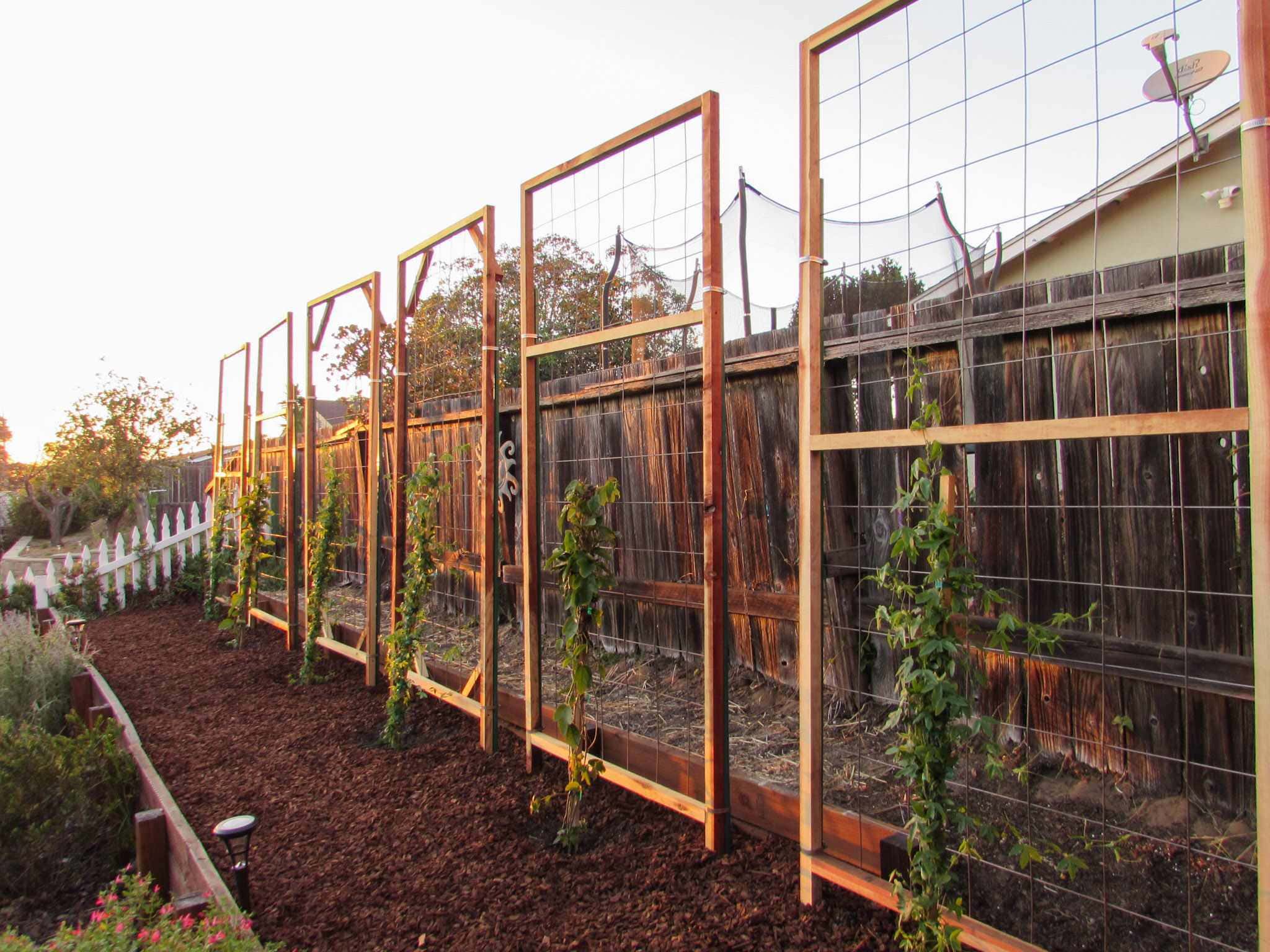
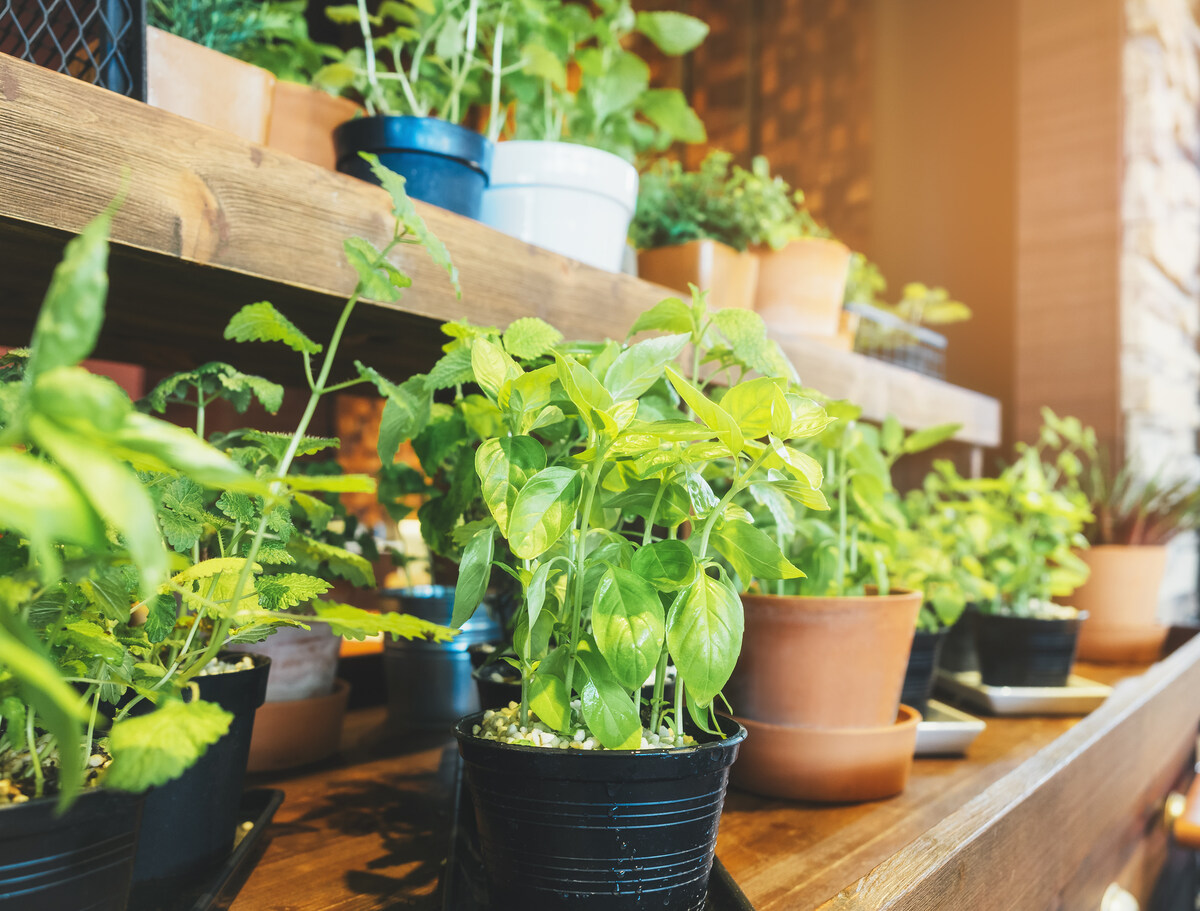
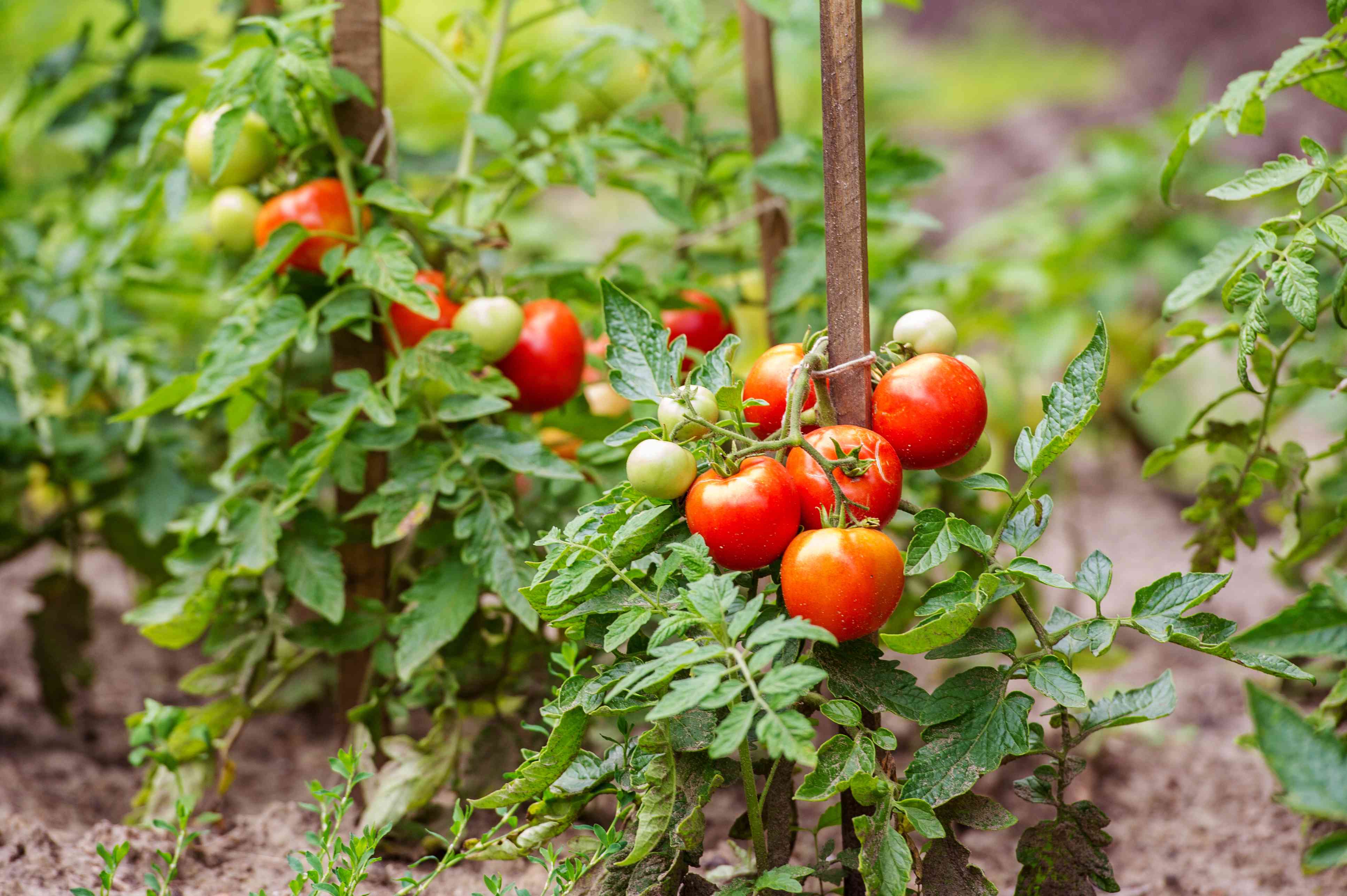
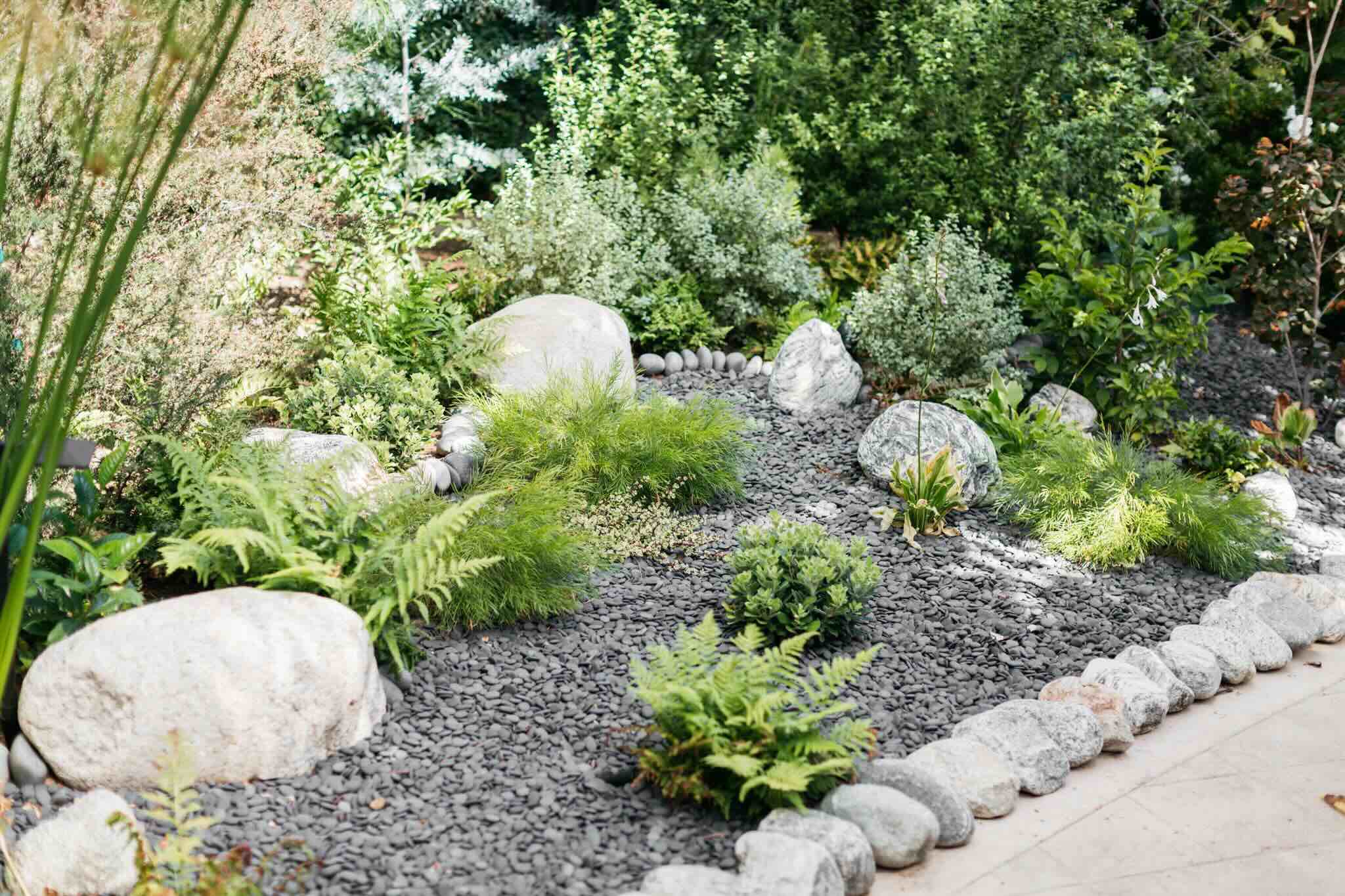


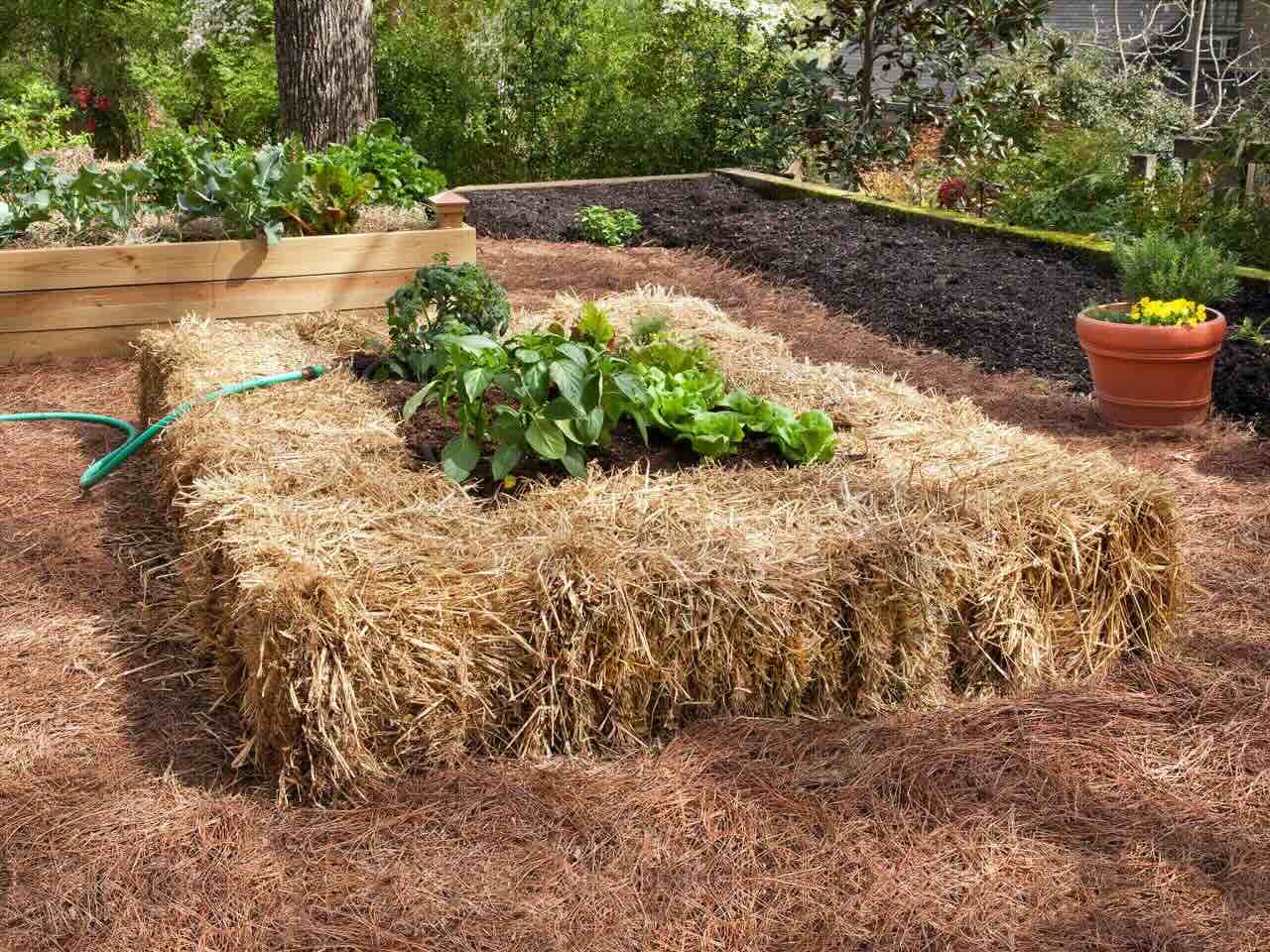
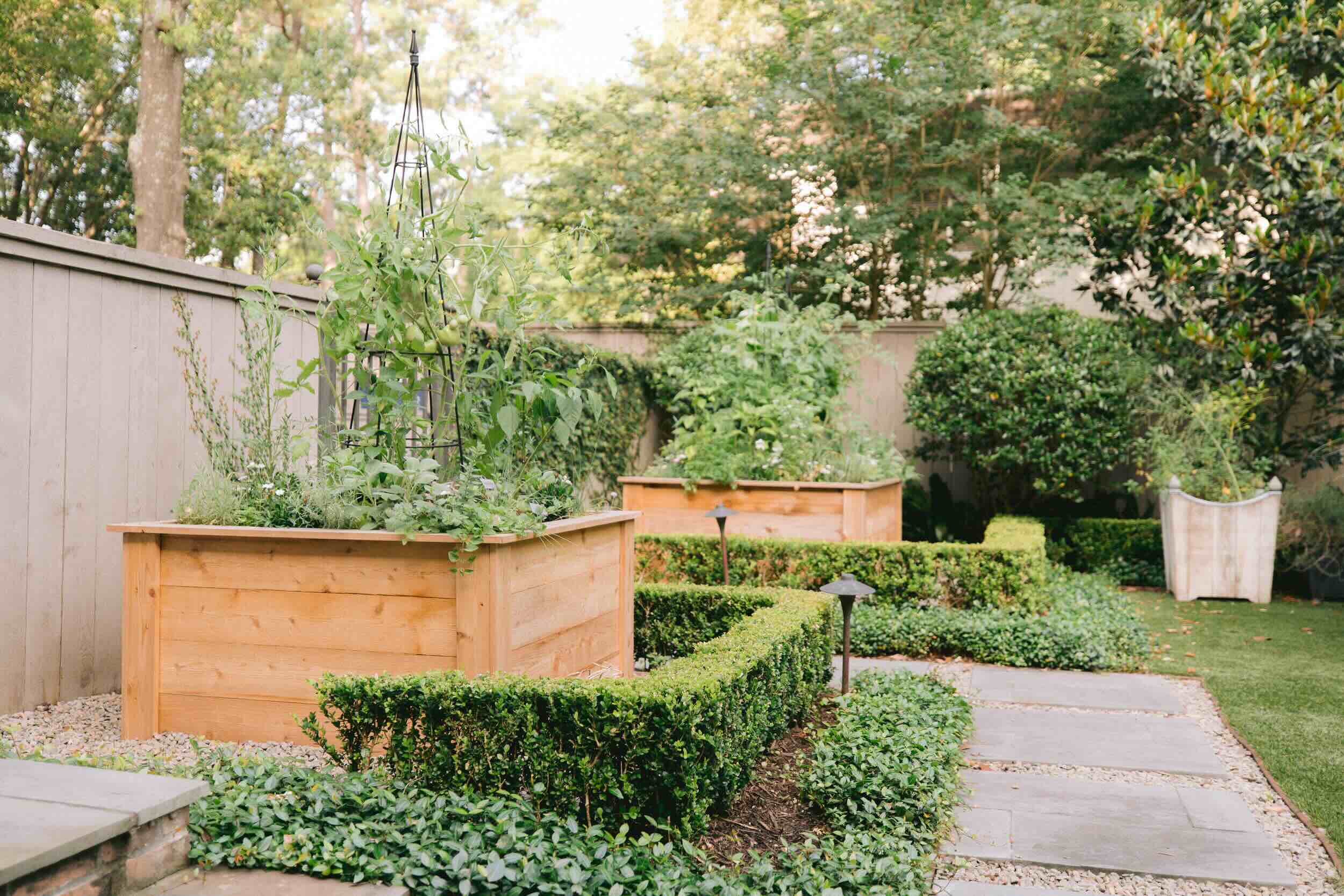
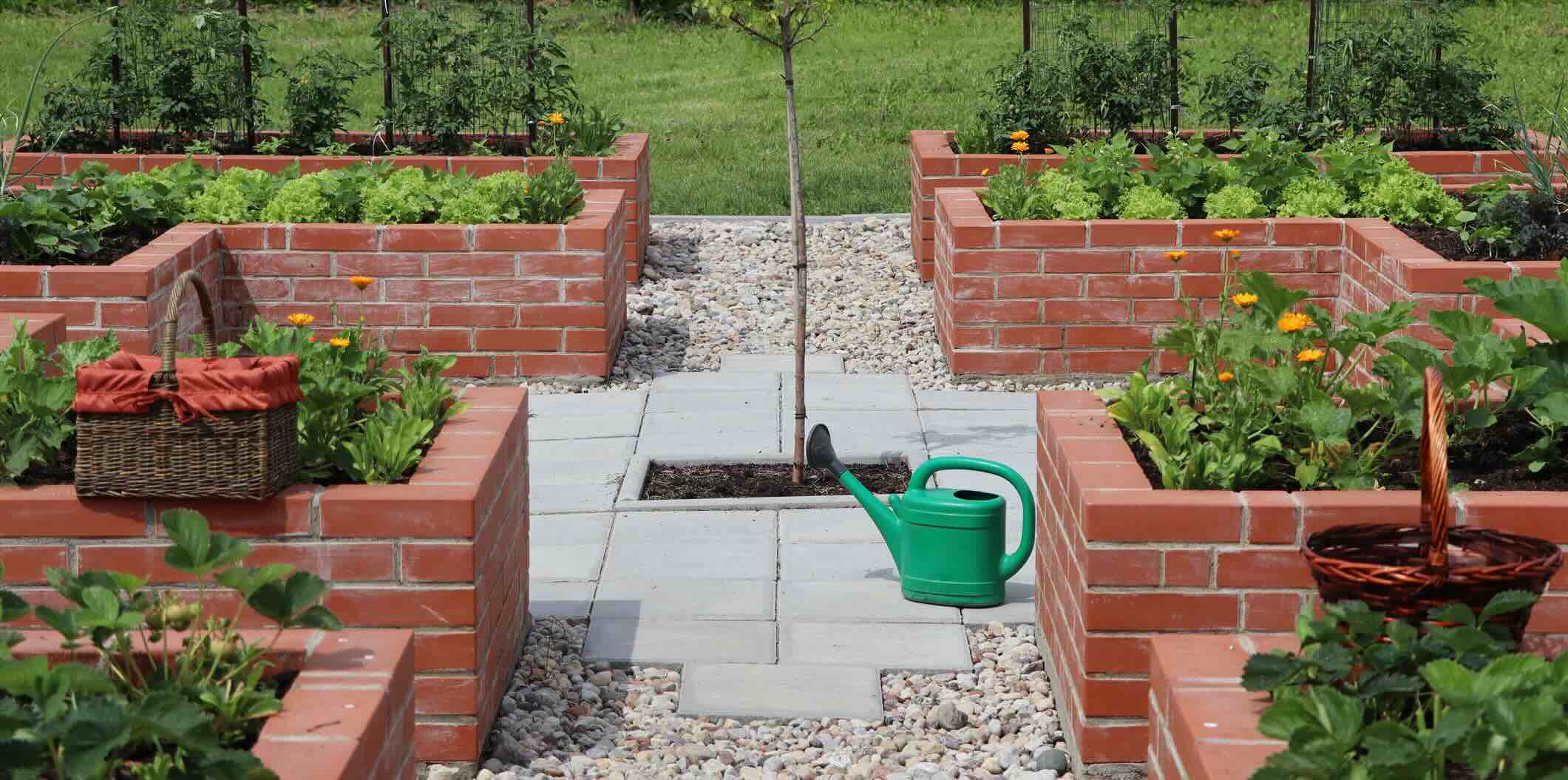
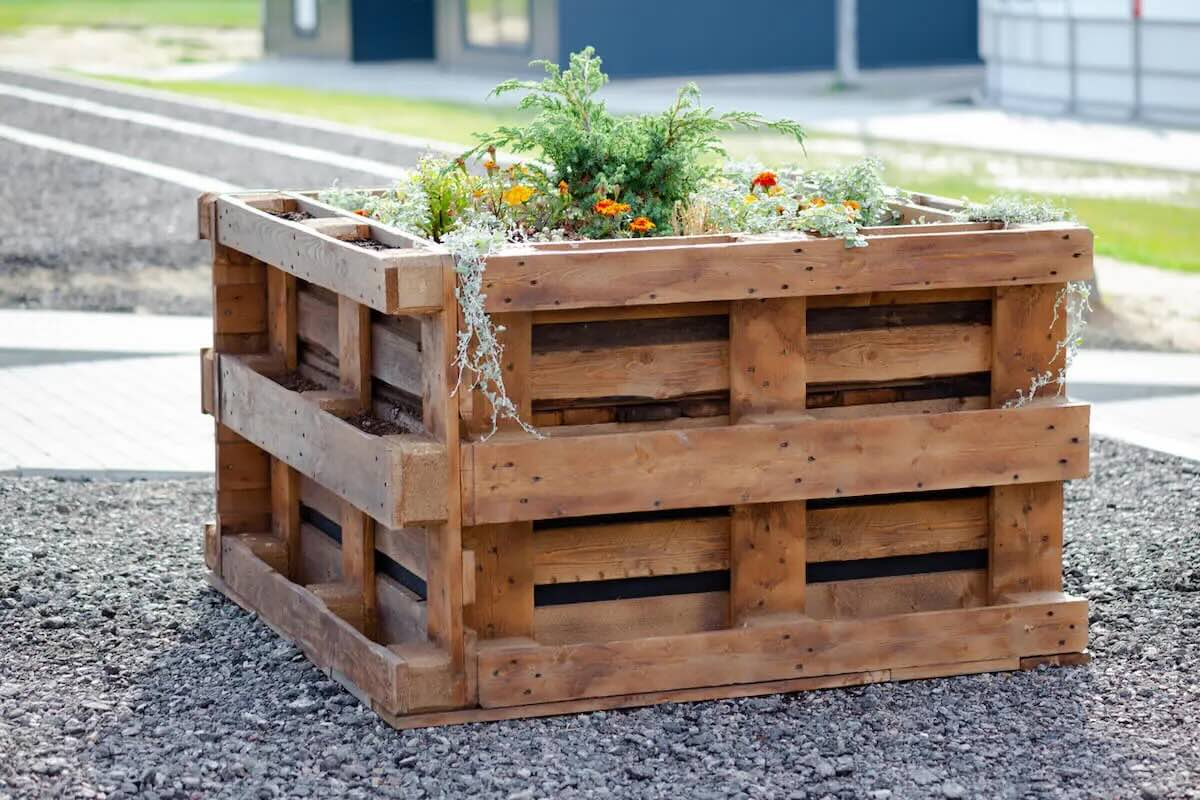
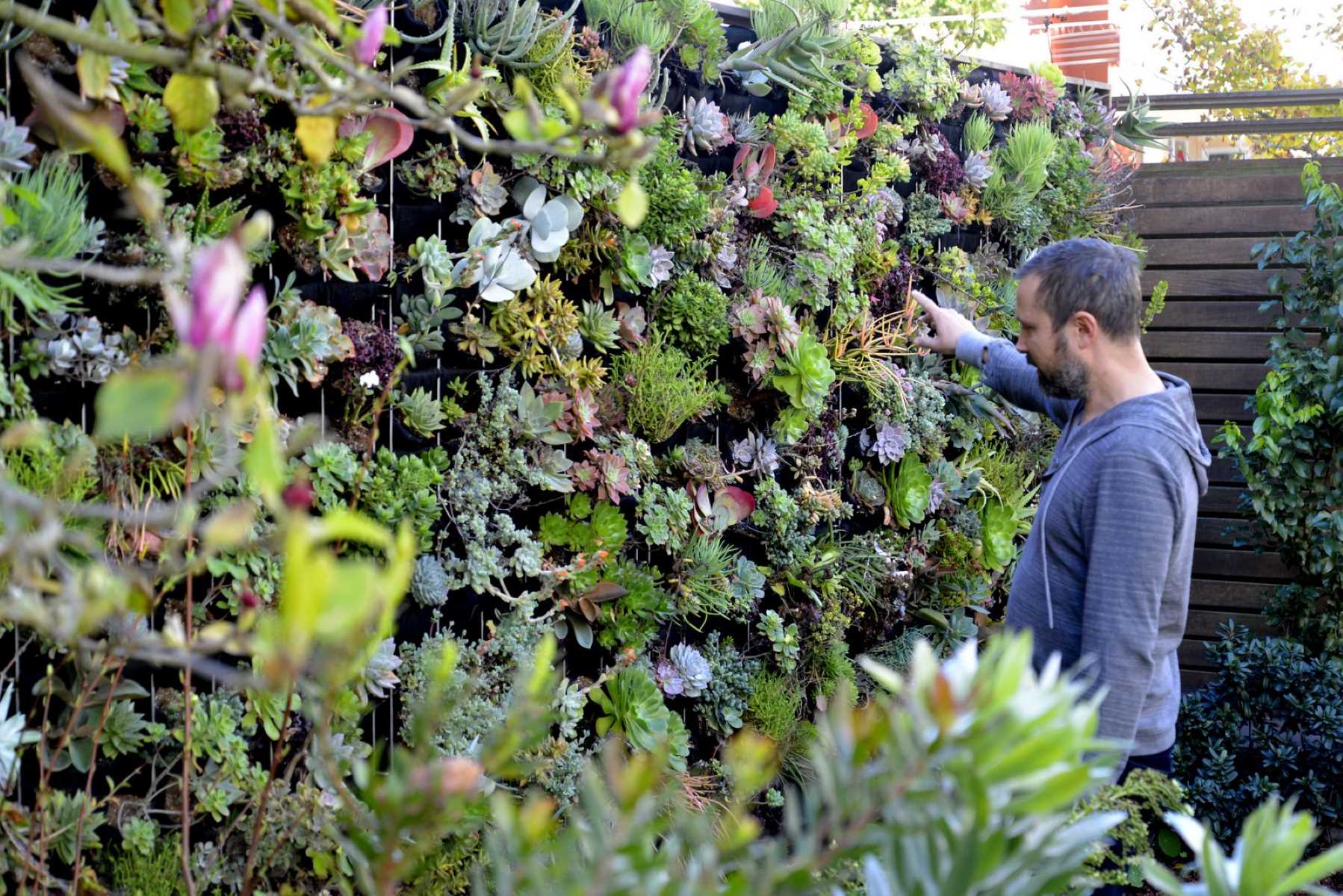
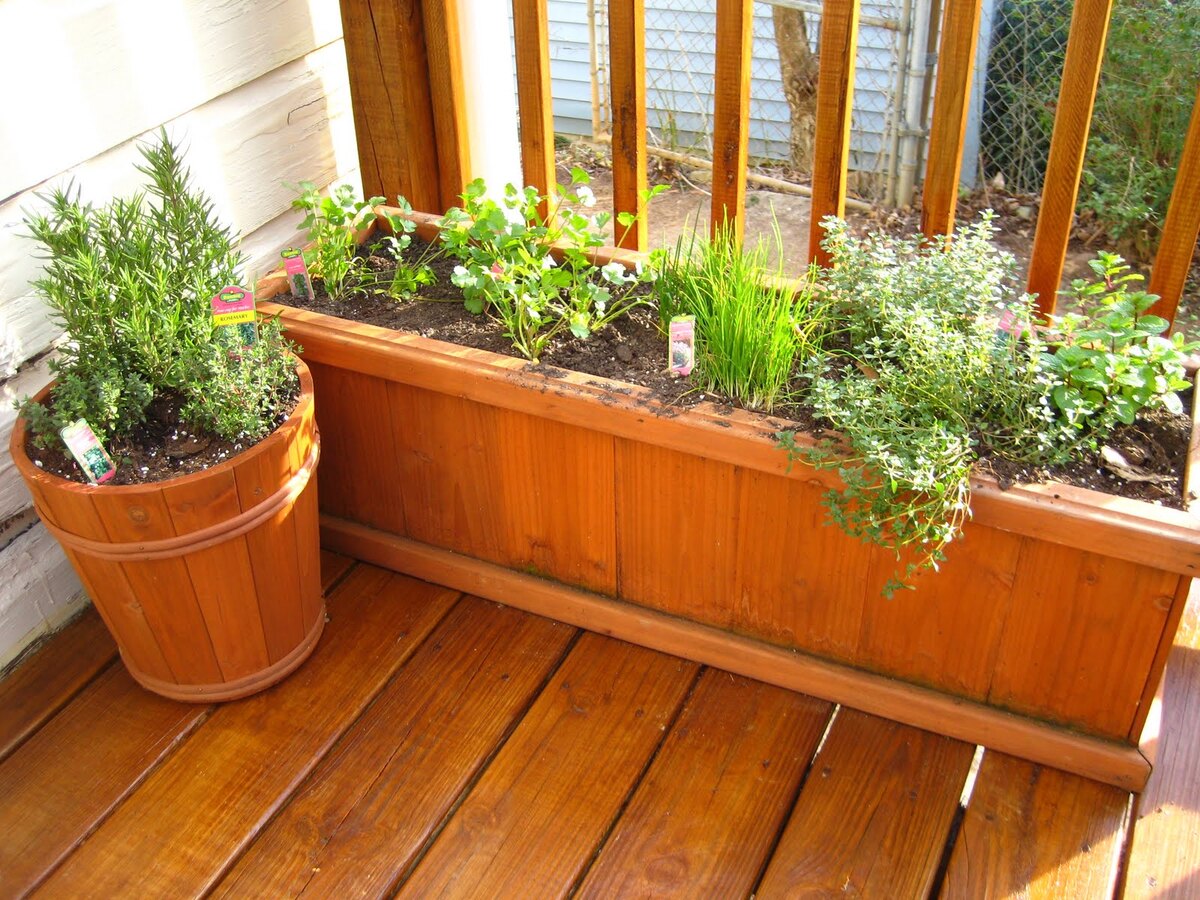
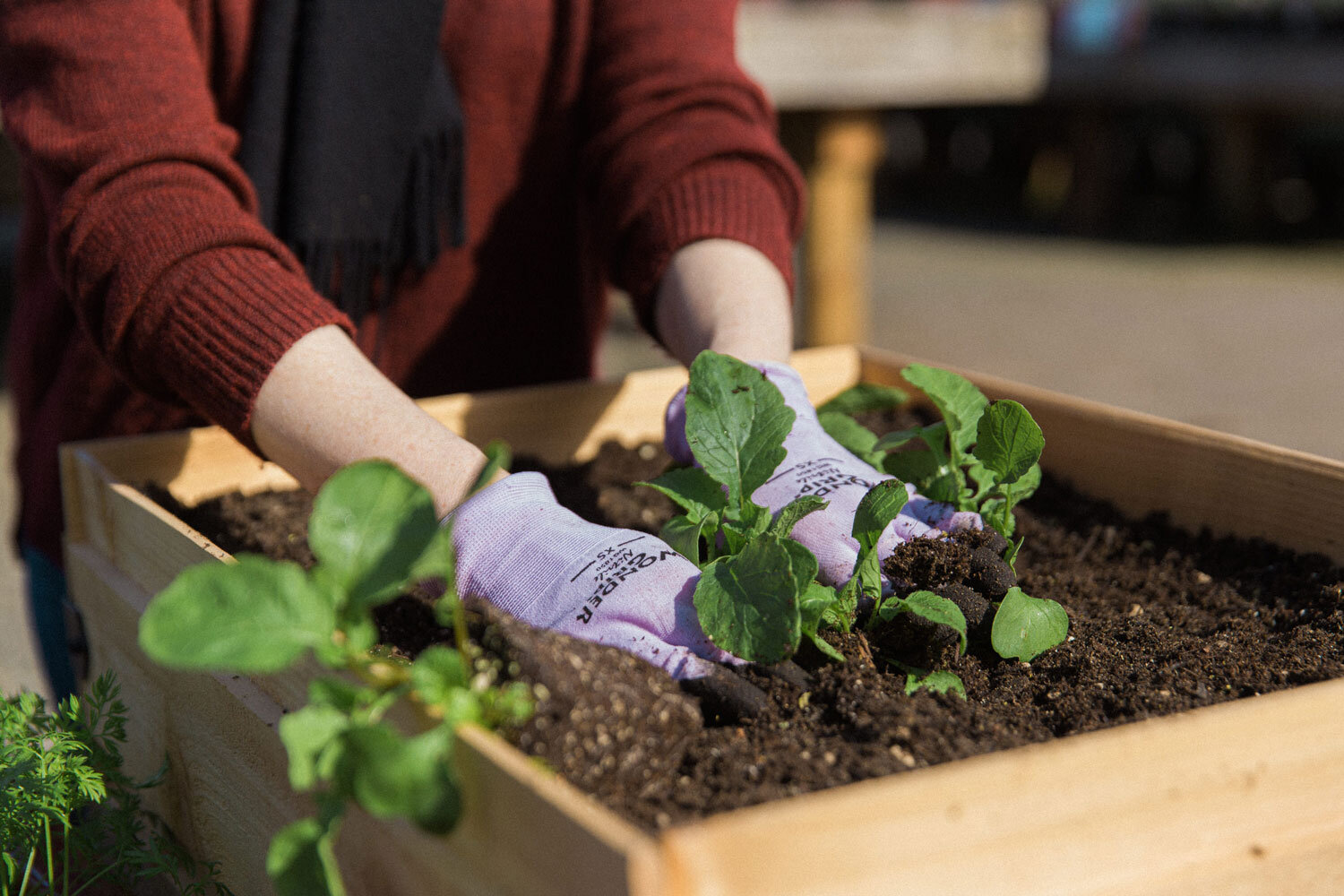

0 thoughts on “How To Make Rows In A Garden”